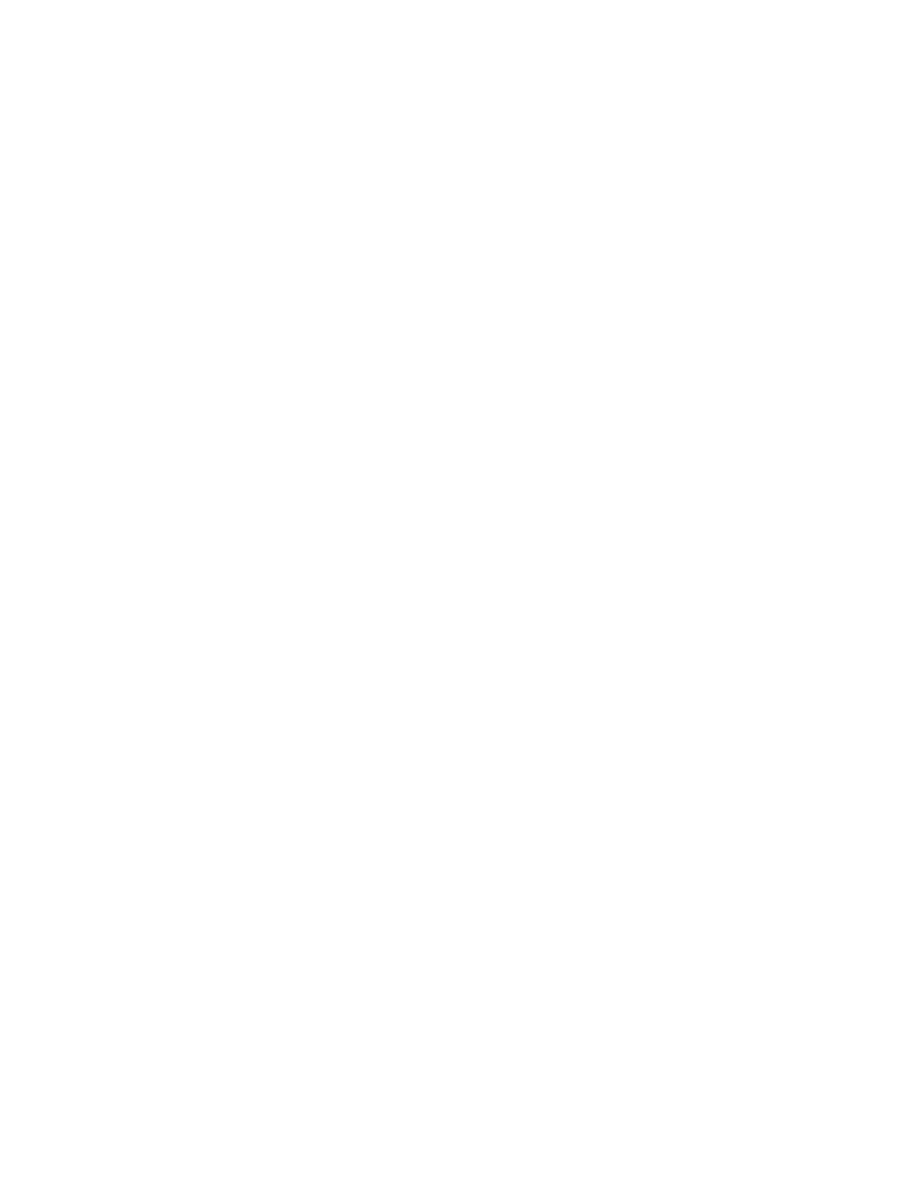Prowler V6-3.5L VIN G (1999)

Ball Joint: Testing and Inspection
Upper Ball Joint
GENERAL INFORMATION
The front upper ball joint used on this vehicle is designed to operate with no free play between the ball joint stud and ball joint socket. Ball joint
replacement is necessary if more than 0.51 mm (0.02 inch) lateral play of the ball joint stud exists. Refer to the following procedure to inspect the
lower ball joint for wear.
The upper ball joint is pressed into the upper control arm but can not be replaced as a separate component of the control arm. If during inspection
it is determined that the upper ball joint is defective, it will require that the complete upper control arm be replaced. Refer to Control Arm Upper,
in the Removal And Installation section in this group of the service manual for the replacement procedure.
CAUTION: When raising the vehicle by the lower control arm using a floor jack, a protective pad must be used on the saddle of the jack. This is
required so the control arm does not get nicked, gouged, deformed or damaged in any other way by the floor jack.
WEAR INSPECTION PROCEDURE
1. Position a floor jack under the outer end of the front lower control arm. Carefully raise the vehicle so the front wheel and tire assembly is just
lightly contacting the floor (vehicle weight relieved from the tire).
2. Have a helper grasp the tire at the top and apply an inward and outward force against the top of the tire. While the inward and outward force is
being applied against the tire, look for any movement between the upper ball joint and the steering knuckle.
3. If any lateral movement is evident at the upper ball joint, the upper control arm will need to be replaced.
4. Repeat this procedure on the opposite side of the vehicle to inspect the remaining upper ball joint.
OVER-TRAVEL INSPECTION
On the front suspension of this vehicle, there are no jounce stops, other then the shock absorbers. Therefore, in the event of a shock absorber
mount failure, there is no other jounce bumper to limit the amount of jounce (upward) travel of the vehicle's front suspension. In this type of
failure the front suspension would jounce (move upward) until stopped by the stud of the upper and/or lower ball joint hitting against the ball joint
housing. If this type of shock absorber failure were to occur the upper and lower control arms on the side of the vehicle the failure occurred on
MUST have the upper and lower control arms replaced.
